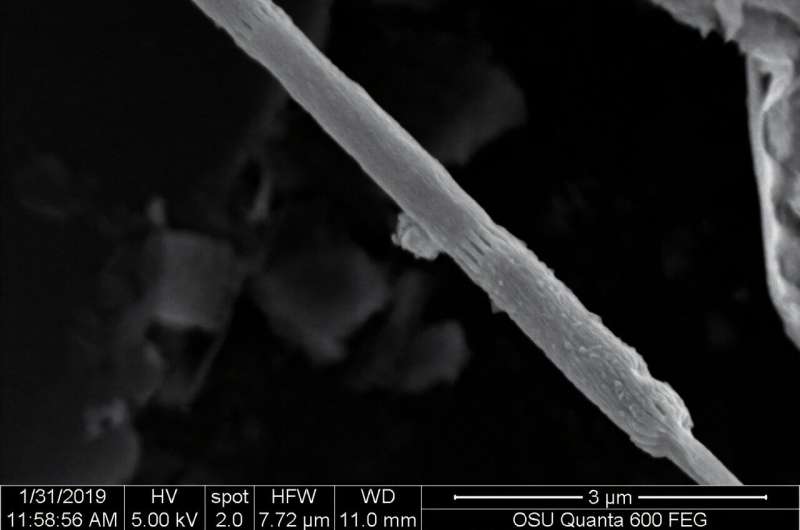New Bacteria Species Conducts Electricity
The discovery of a new species of bacteria, Ca. Electrothrix yaqonensis, has opened new avenues in the field of bioelectricity. This bacterium, found on the central Oregon coast, is notable for its ability to conduct electricity. Its unique features and capabilities may have implications for medicine, industry, and environmental monitoring.
Historical Context of Bioelectricity
The study of electricity began with ancient philosophers. Thales of Miletus was among the first to investigate static electricity. His observations laid the groundwork for future research. Alessandro Volta later used the electric properties of eels to create the first battery. This marked the transition from natural phenomena to practical applications of electricity.
Characteristics of Ca. Electrothrix yaqonensis
Ca. Electrothrix yaqonensis is a rod-shaped bacterium. Its cells are connected end to end, forming filaments that can extend several centimetres. This structure is rare among bacteria. The species exhibits unique metabolic processes that enhance its conductivity. It possesses distinctive surface ridges, which are three times wider than those of other cable bacteria.
Potential Applications in Various Fields
The capabilities of Ca. Electrothrix yaqonensis are promising. In medicine, its conductive properties could lead to advancements in bioelectronics. In industry, it could improve processes that rely on electrical conductivity. Its ability to transfer electrons positions it as a potential tool for pollutant remediation.
Environmental Impact
Pollutant remediation is often a complex and costly task. Ca. Electrothrix yaqonensis can actively clean up harmful substances from sediments. This could be particularly beneficial for reclaiming brownfield sites. The bacterium’s nickel-based conductive proteins might inspire new technologies in bioelectronics and environmental cleaning methods.
Future Research Directions
Understanding the evolutionary background of Ca. Electrothrix yaqonensis is crucial. It may provide vital information about the development of similar bacteria. Future studies could explore its metabolic processes further. Researchers aim to harness its capabilities for practical applications in various sectors.
Month: Current Affairs - April, 2025
Category: Science & Technology Current Affairs








